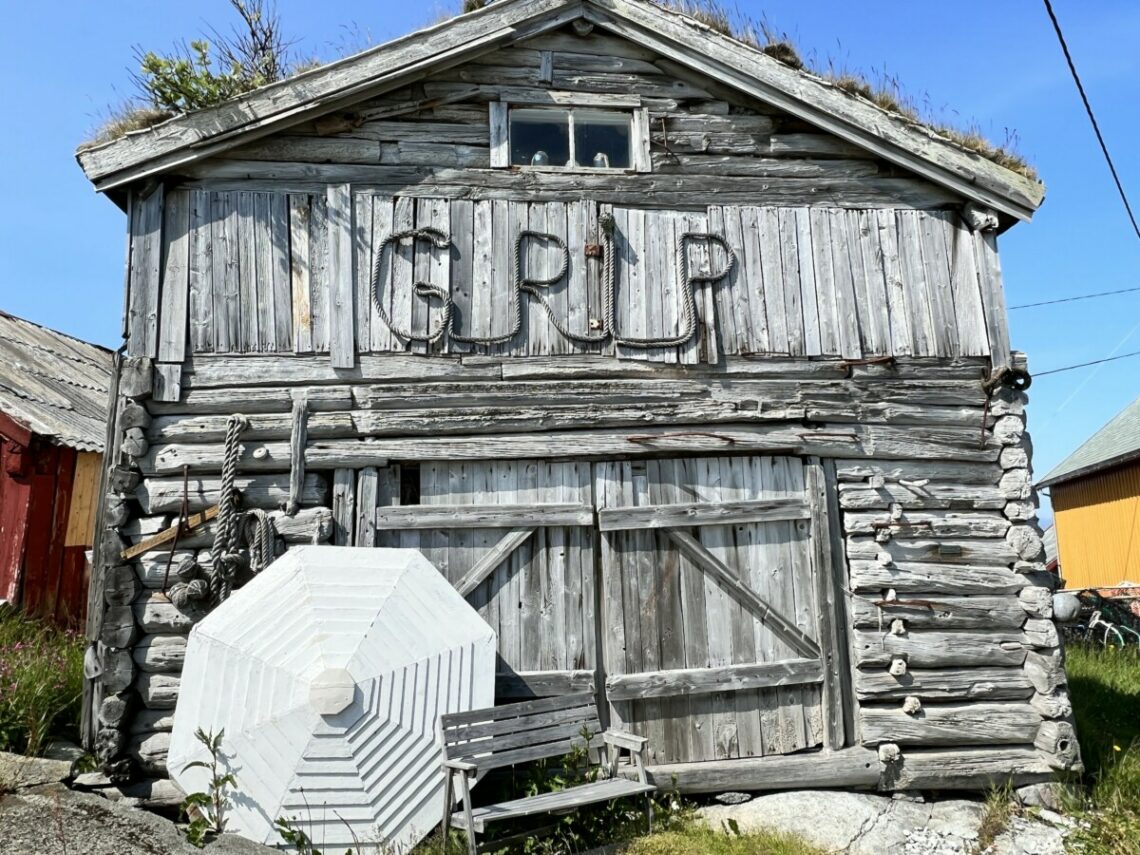
Grip – an island community
Mom collects stave churches. Or rather, she did collect stave churches. Now she has actually visited them all. The last one, which she thought was a bit too difficult to reach, is located on the small island of Grip off the coast of Kristiansund. So, we took her (and dad) there the summer on 2023.
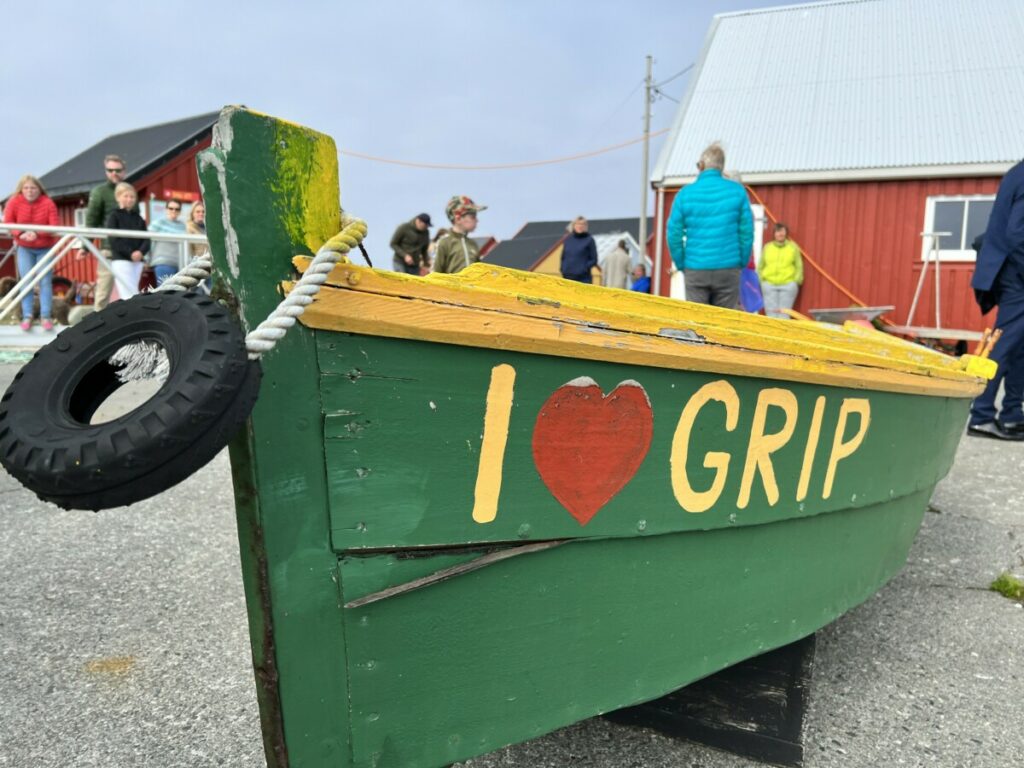
This old fishing village, which sits like a final outpost before the open sea, has a tiny stave church right in its center. Surrounding the church are colorful and well-maintained houses that protect the island’s most important building from the elements.
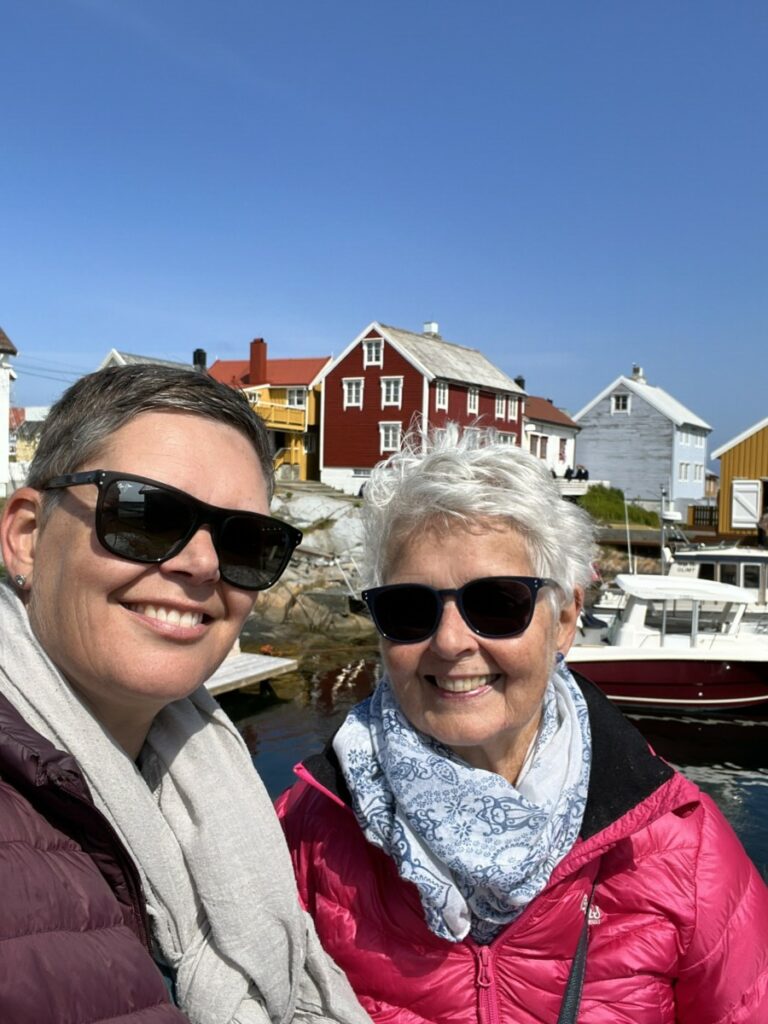
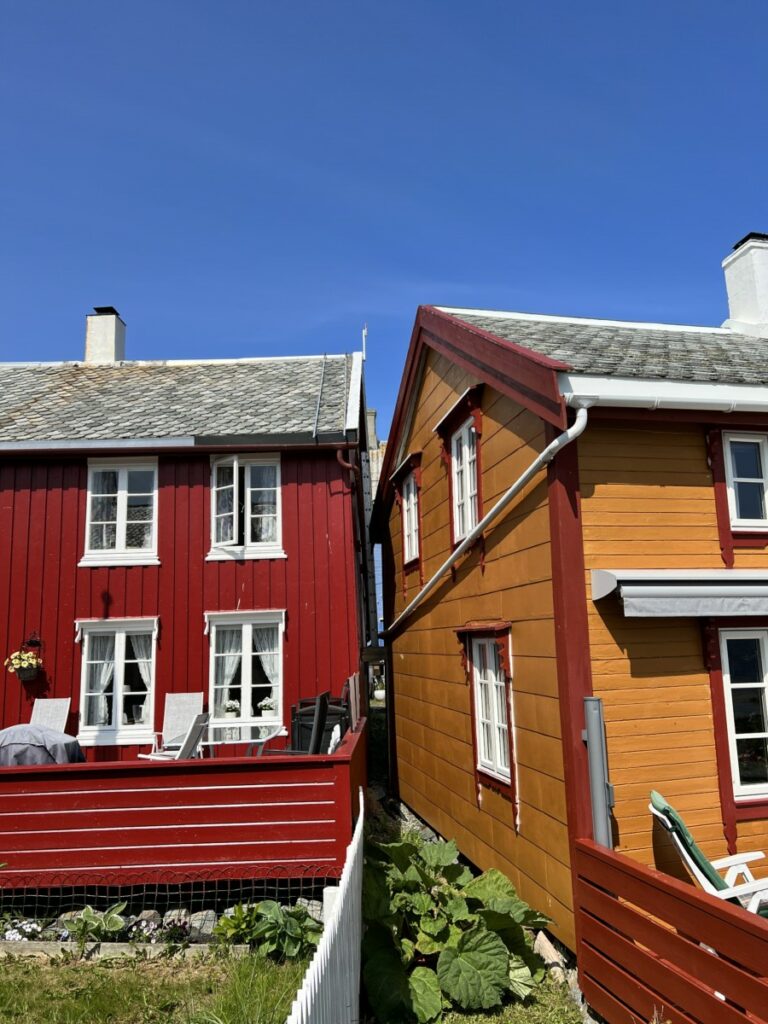
Fresh start on the ferry
We arrived in Kristiansund the day before. In order to visit the stave church, one must first get there. You can book tickets to the ferry called Gripruta during the summer season and you get both transport to the island and a guided tour of the island and the church. Courtesy of the captain himself.
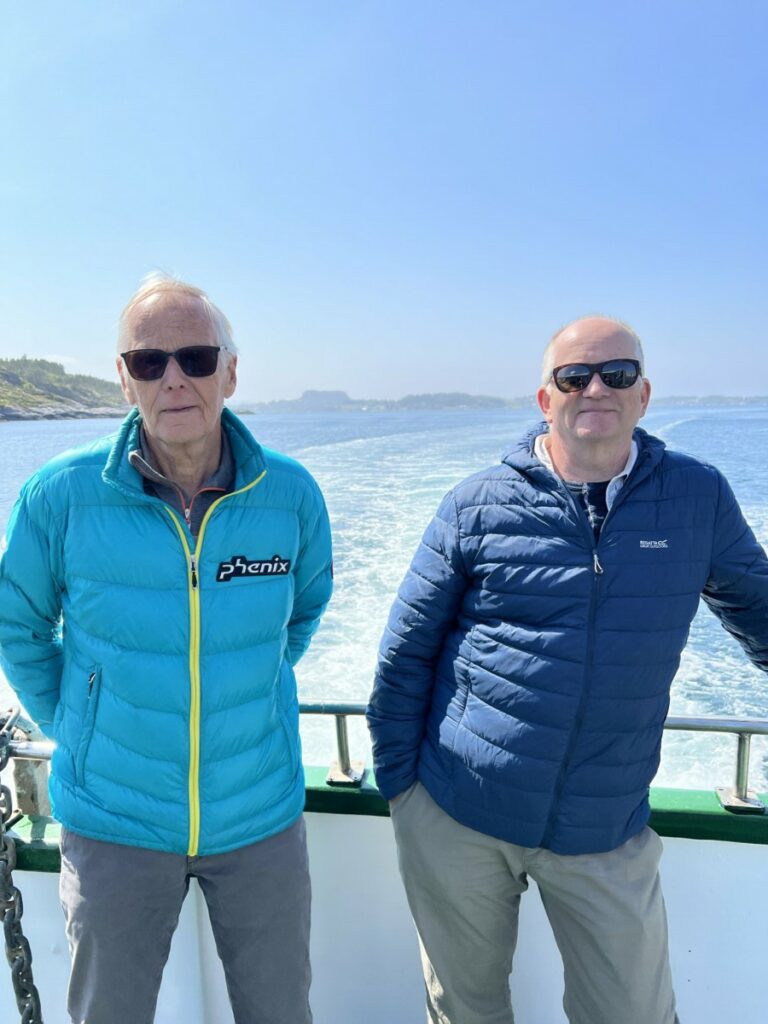
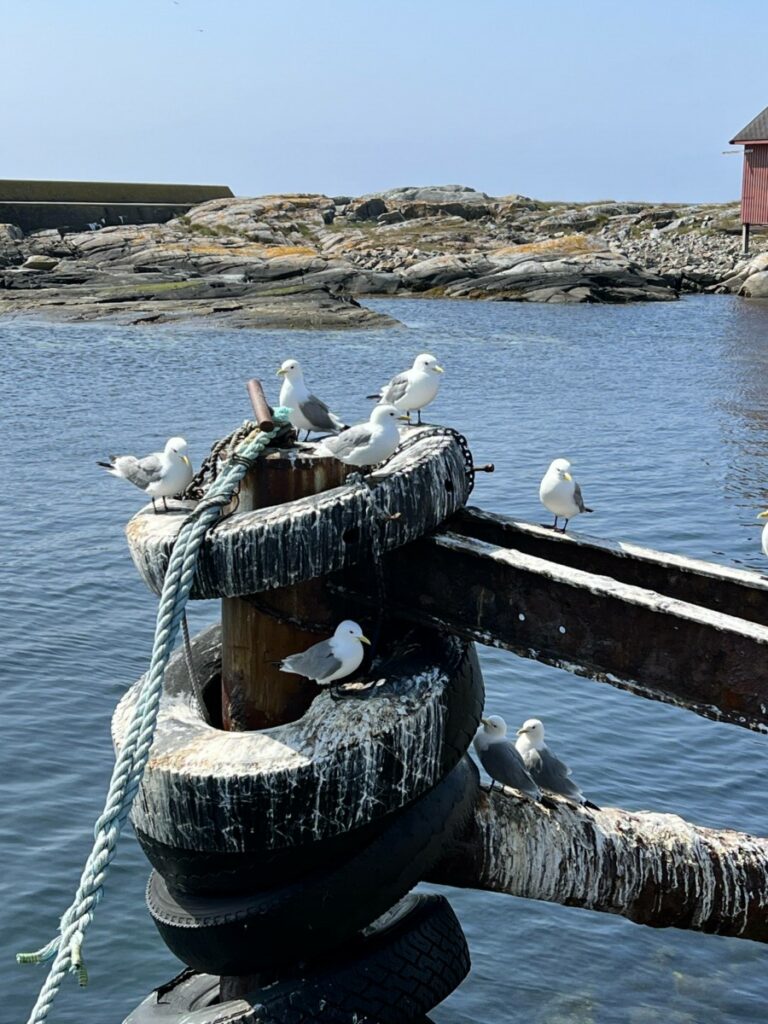
The ferry trip takes about half an hour. On the way out, the weather just got better and better and by the time we arrived, the sky was almost bright blue and cloudless. Not much wind either, and this is a real rarity in these parts of the country.
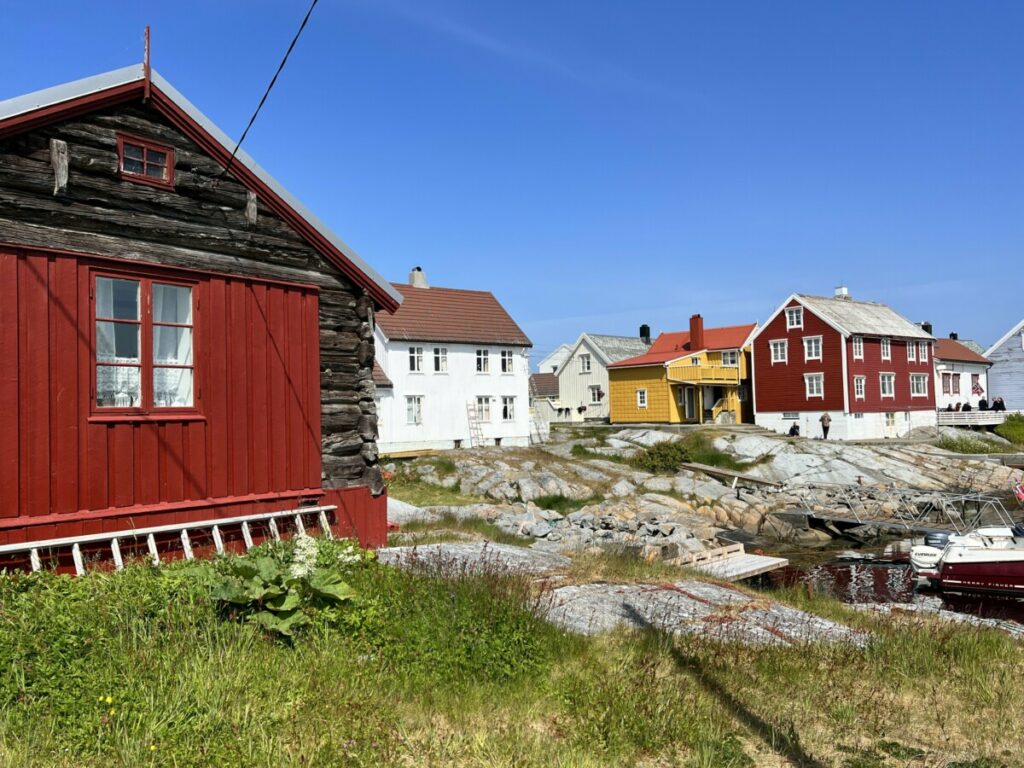
I was completely blown away by the cuteness of the place. The island barely covers half a square kilometer. You can stroll around the island in a few minutes if you walk fast. But if you like me like to take pictures, you’ll spend an almost endless amount of time admiring the views.
The island does not have water or electricity but during the summer time when the second homers arrive, they have a generator running during the day to provide the community with electricity. Water is collected from roofs or they bring it with them on the ferry.


The main attraction
The main attraction on the island, is Grip stave church. It dates back to the second half of the 15th century. The core of the church can be traced back to the Middle Ages, but much of the church has been renewed over the years. In 1621, the walls in the choir were replaced and painted. Later, in the 1870s, the church got new window openings, and both the outer and inner walls were paneled and painted white.
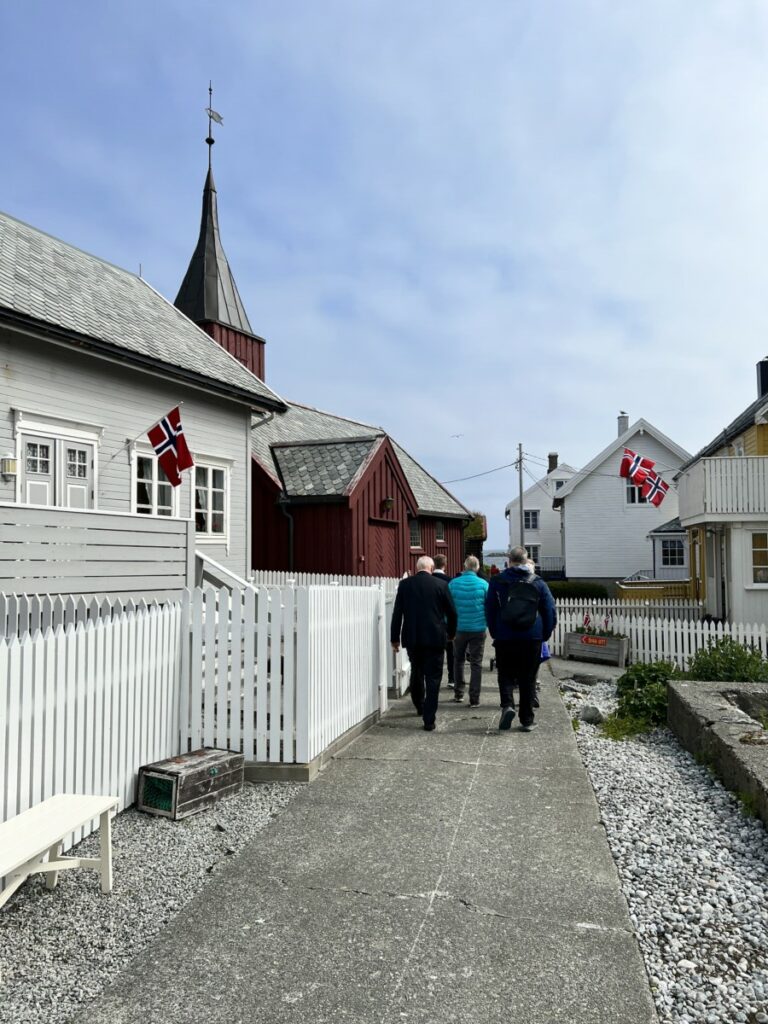
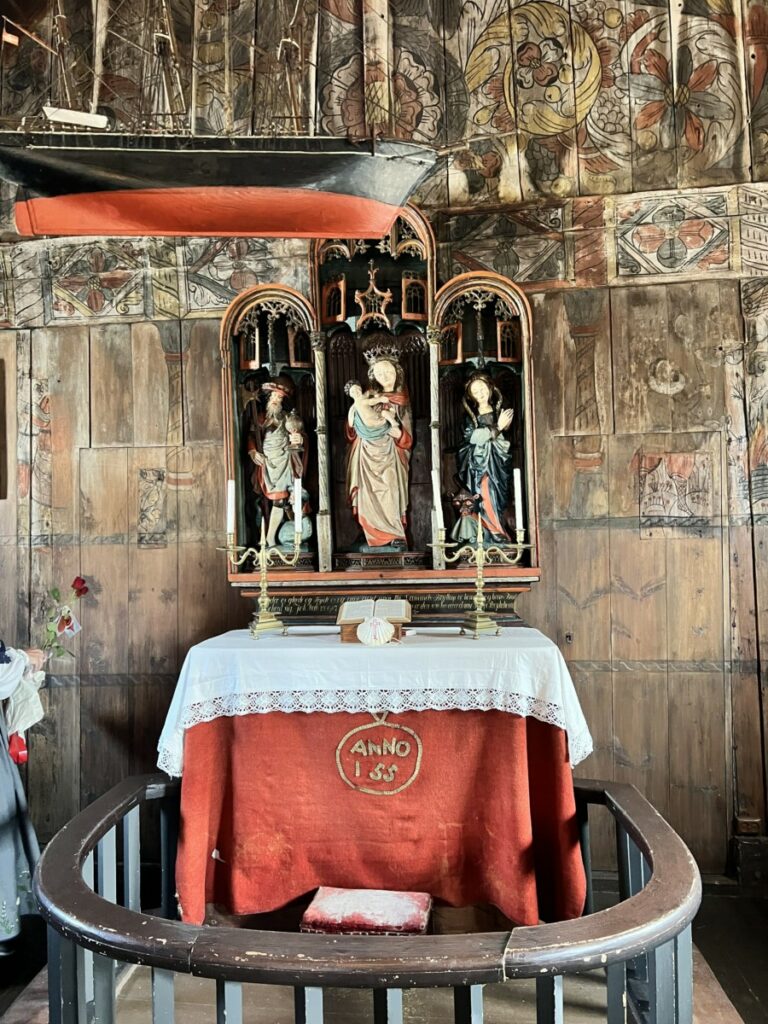
The last extensive restoration was carried out in 1933. The outer walls were boarded and tarred, and the paneling inside the church was uncovered. Now it is believed that the church looks much like it did in the 17th century with beautifully painted walls.
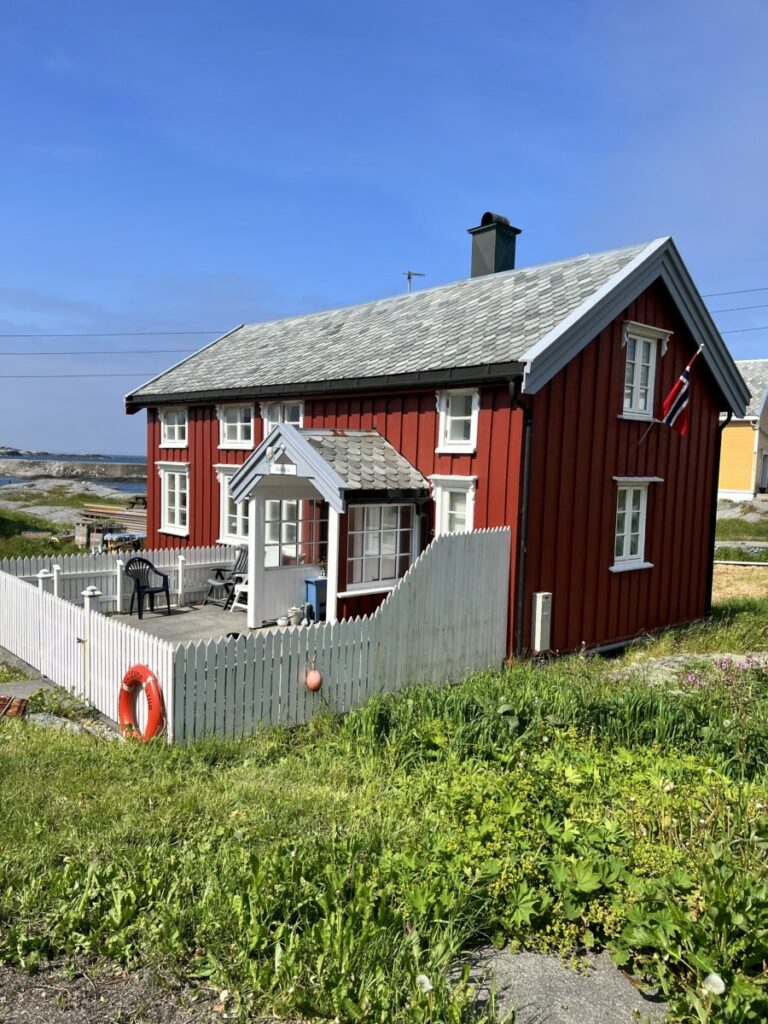
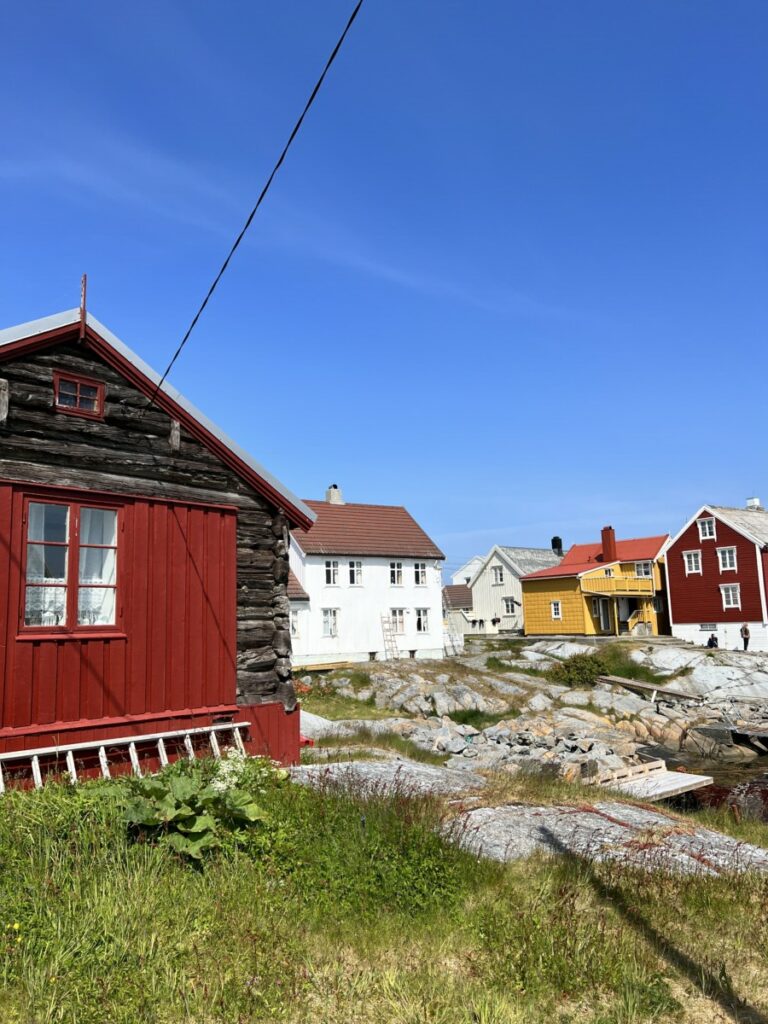
After viewing the church from all angles, we strolled further along the narrow paths on the island while learning about the time when it was an active fishing village.
Clipfish
Grip has a thousand-year history as a fishing village. Permanent residents have lived there since the 12th century. During the fishing season, the population multiplied with fishermen during the annual fishing for “skrei”. Clipfish was big business and the inhabitants dried the fish on the rocks (hence the name, klippe means rock in Norwegian) at Grip before shipping it off to the main land and abroad.
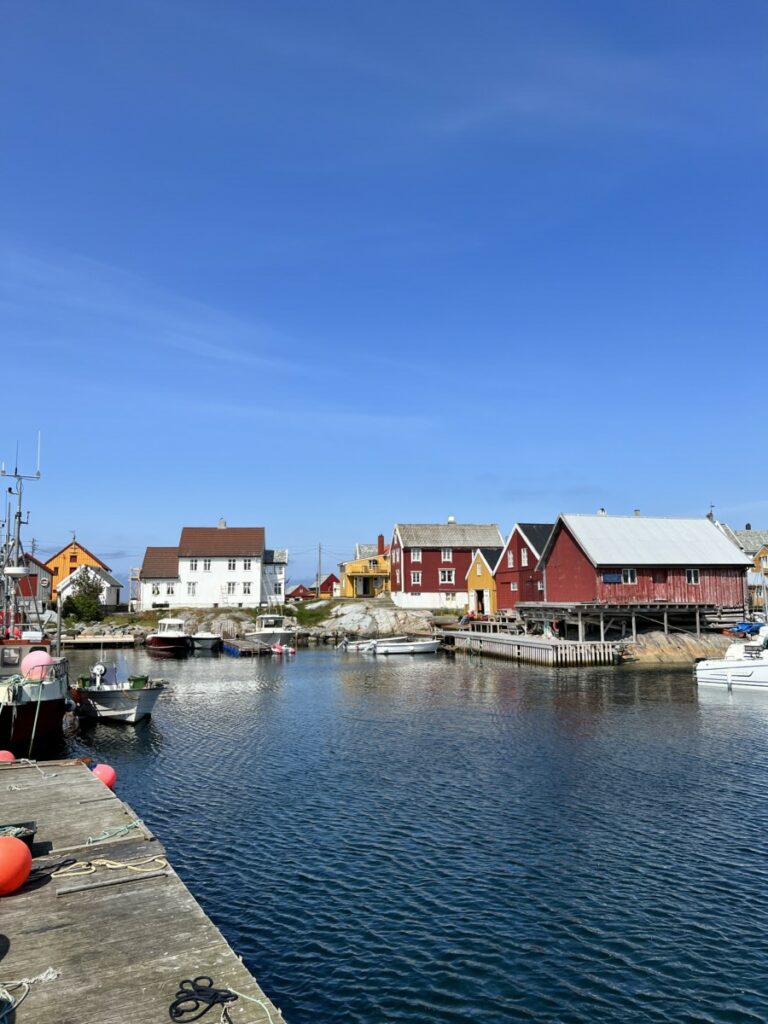
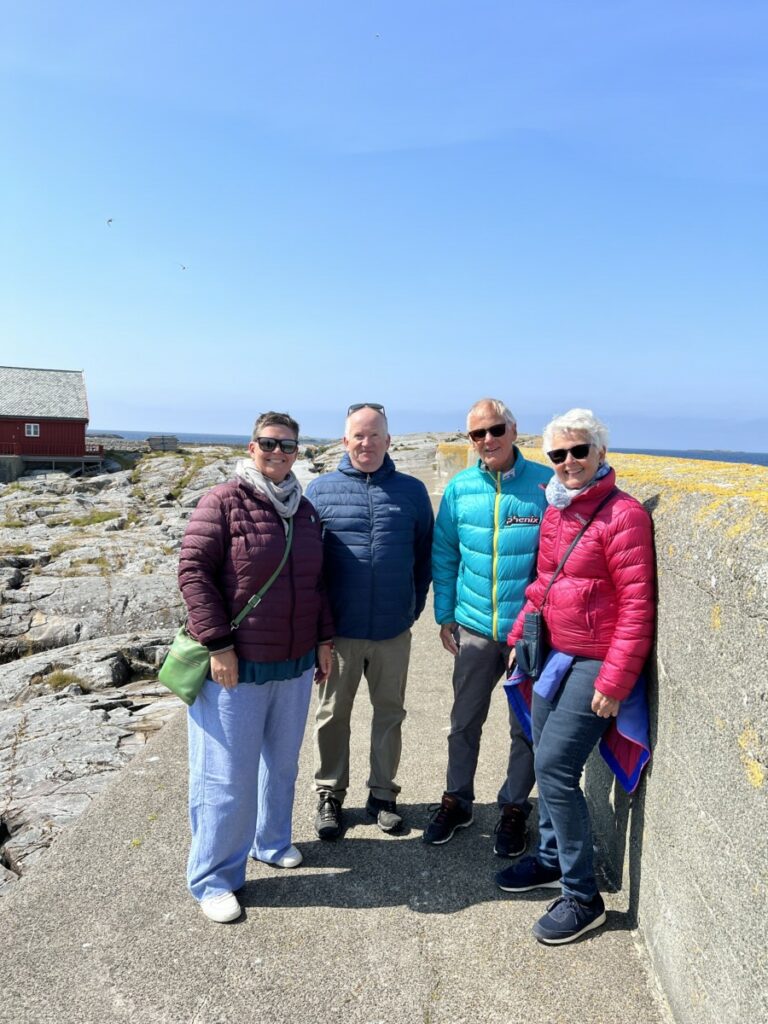
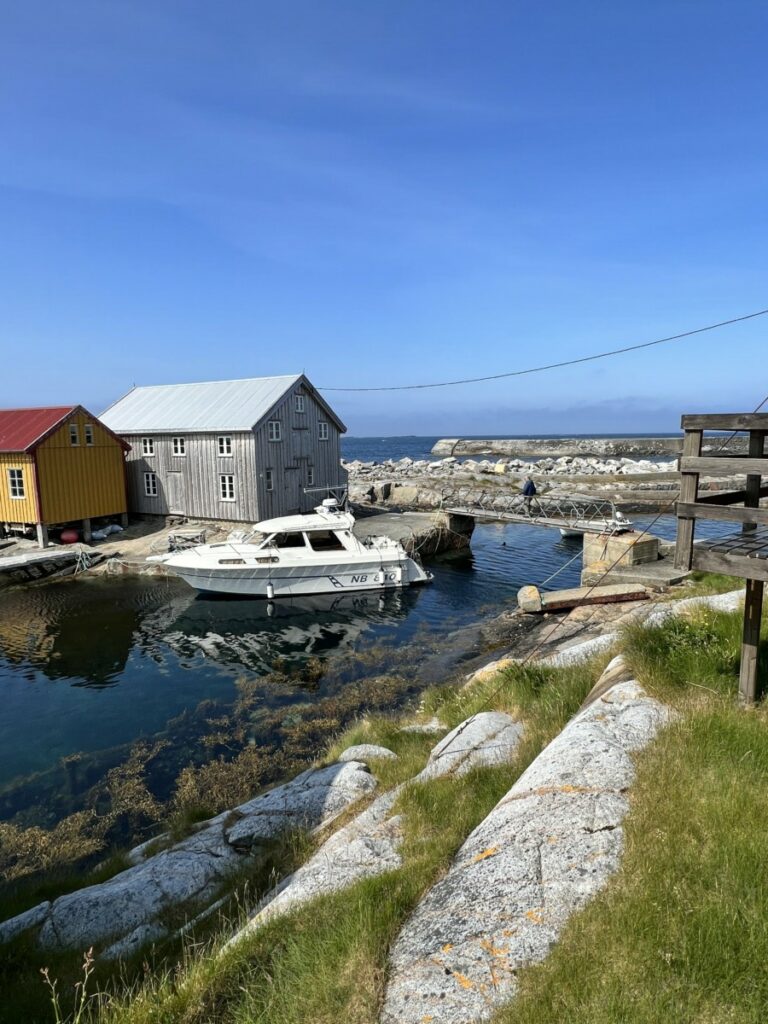

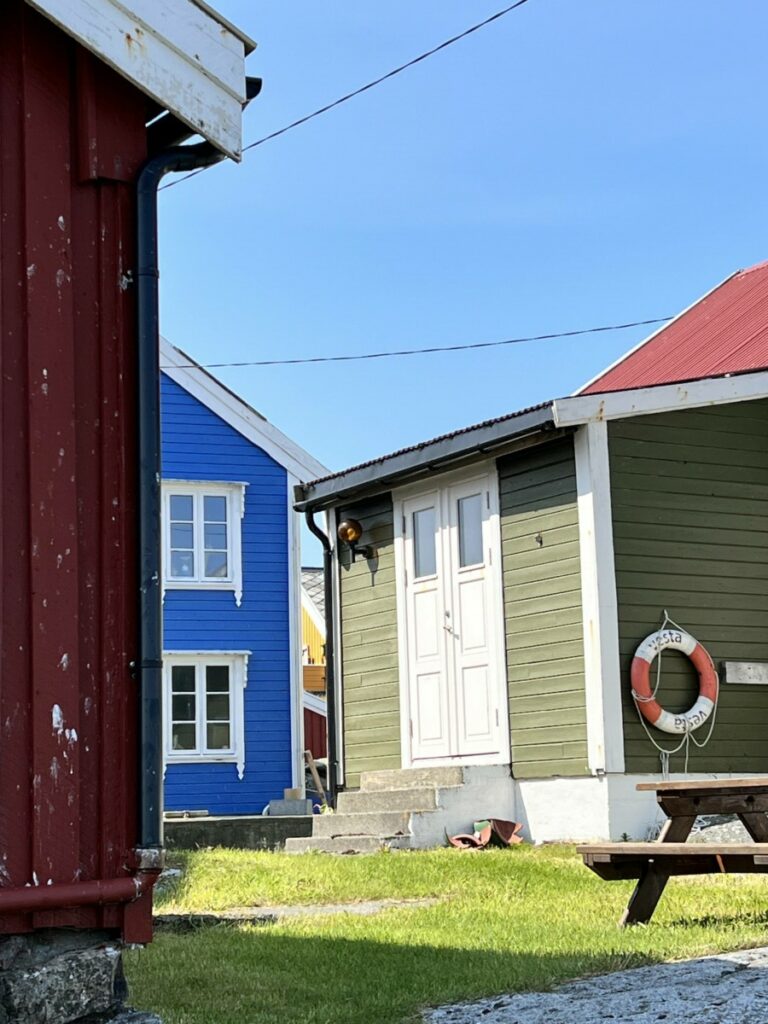
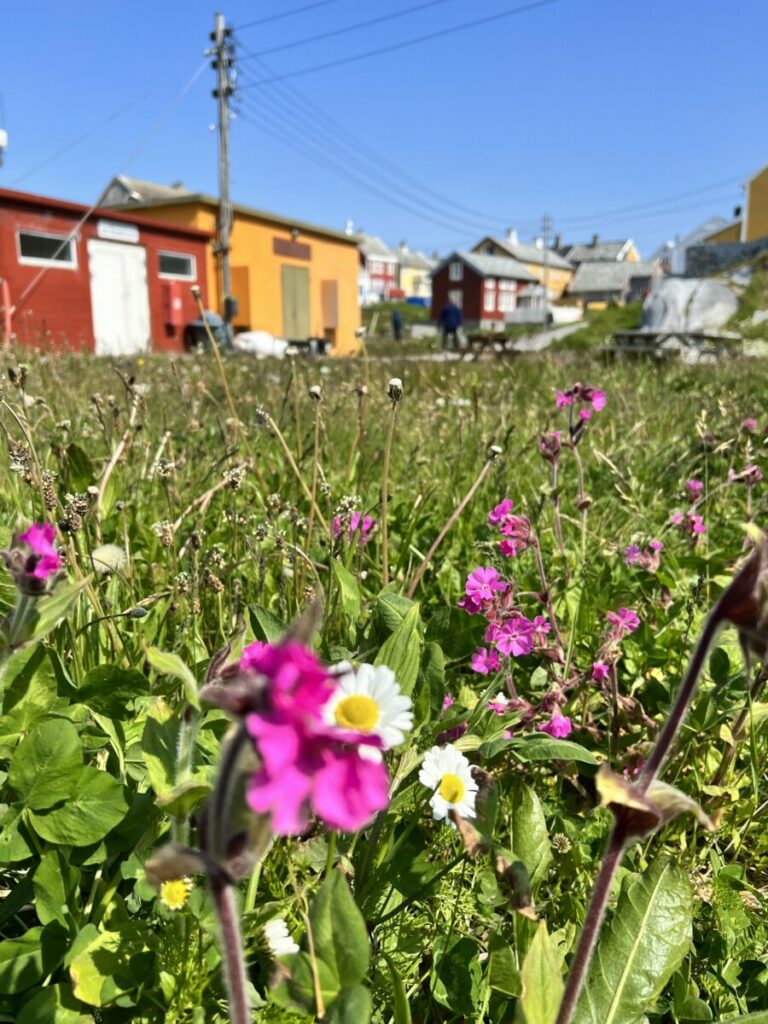
The island’s last permanent resident moved away just before Christmas in 1974. The 47 houses are well maintained and are still used as holiday homes by the former residents and their descendants. It must have been a tough life here back in the days. On a sunny and warm summer day, it seemed like paradise on earth.
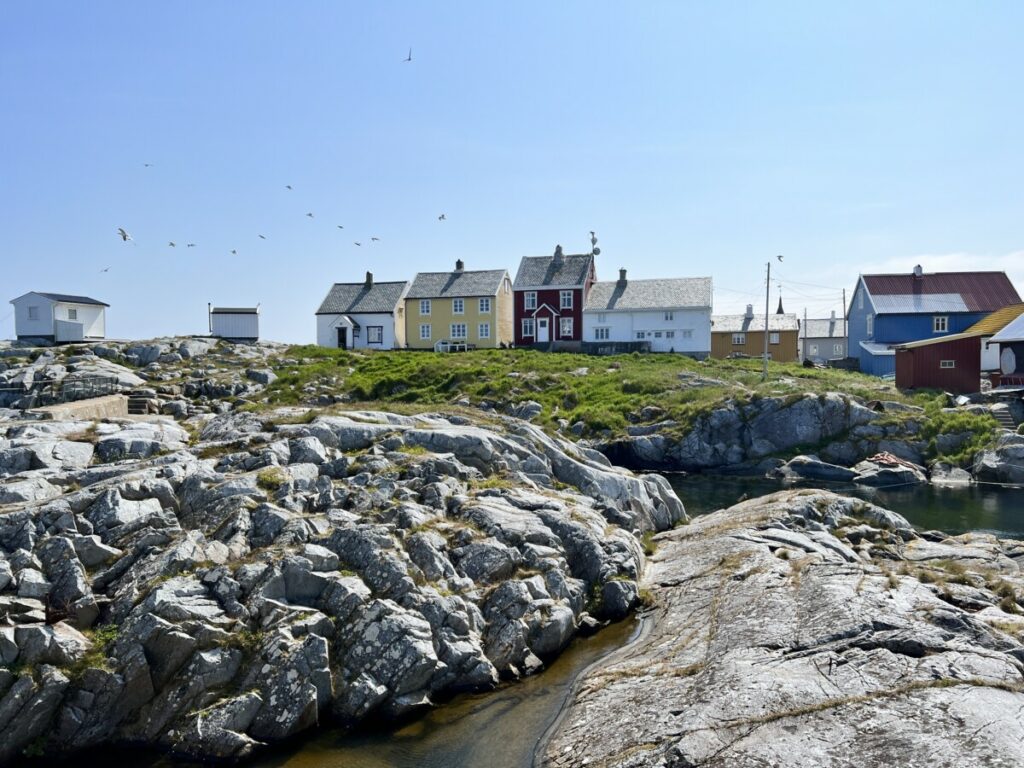
Check out the Norwegian version of this article for more photos. There were so many to choose from that I wanted to post all of them!
If you’re into remote fishing villages, I recommend reading about Støtt, just south of Bodø.
Feel free to follow my Instagram account Catrines.reiser or my Facebook page Catrines reiser

